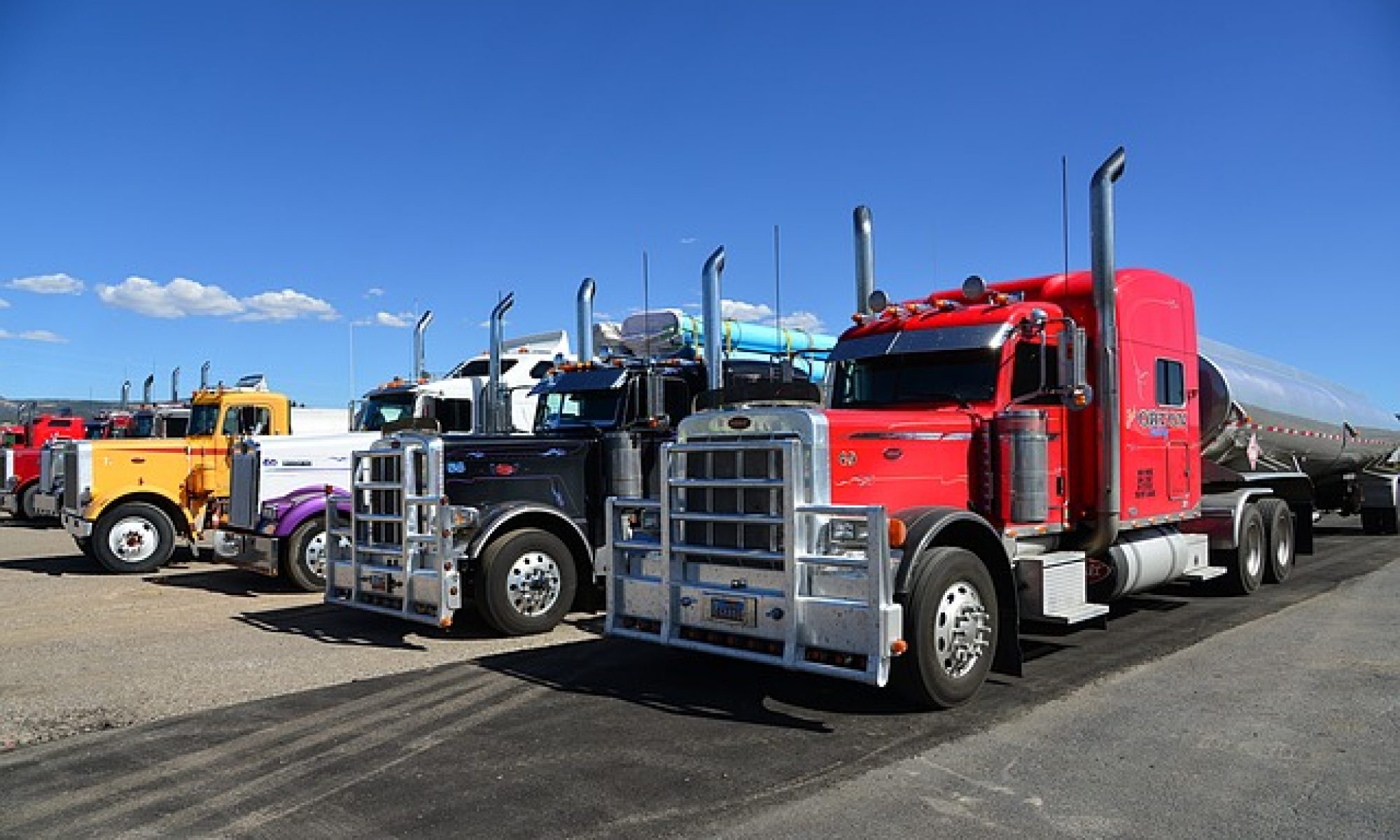Don’t Let Water Win: The Hidden Secret to Protecting Your Luxury Vinyl Floors in High-Moisture Areas
While luxury vinyl plank (LVP) flooring has revolutionized home design with its stunning appearance and impressive water resistance, many homeowners make a critical mistake that can lead to thousands of dollars in damage. Even though manufacturers often claim that LVP is water-resistant, that doesn’t mean it’s completely waterproof—especially at the seams and edges. Over time, moisture, dirt, and chemicals can penetrate these vulnerable areas, leading to discoloration, swelling, and reduced lifespan of your floors.
Why Edge Sealing Matters More Than You Think
Even the tiniest gap between planks is an invitation for water to sneak in. If you don’t seal them correctly, water will find its way in. This is particularly crucial in kitchens and bathrooms where spills, humidity, and water exposure are daily occurrences.
The genius is in how the planks connect. Modern click-lock edge systems create tight, precise seams that prevent water from seeping between planks and reaching your subfloor. However, even the best installation can benefit from additional protection through proper edge sealing.
The Science Behind Water Damage Prevention
The wear layer of luxury vinyl is the primary defense mechanism against water damage. This layer is constructed with a protective coating that acts as a shield, repelling liquid and preventing it from penetrating the floorboards. But this protection only works when the entire system—including edges and seams—is properly sealed.
While vinyl flooring is water-resistant, prolonged exposure to water, especially at the seams or edges, can cause the adhesive to weaken or the flooring to lift. This is why professional edge sealing becomes essential for long-term floor integrity.
Professional Edge Sealing Techniques
Proper edge sealing involves several critical steps that require expertise and precision. To stop water infiltration, grab a waterproof flooring adhesive. Apply it along the edges of each plank before clicking them together. Additionally, apply a waterproof sealant around the edges and seams, and consider using silicone caulk for joints near water sources.
Seal junction areas where vinyl meets other flooring types with waterproof caulk, creating a seamless barrier that prevents water migration. Remember to let each sealed area cure completely before testing or walking on it.
Advanced Protection Strategies
For homeowners seeking maximum protection, apply a polyurethane coating on top of your LVP once it’s installed. This clear sealant adds a protective layer over the surface, making it nearly impervious to water. This approach is particularly beneficial in high-moisture environments like bathrooms and kitchens.
Use moisture barriers or underlayment specifically designed for LVP flooring to prevent moisture from seeping up from the subfloor. Proper sealing around the edges and at the joints can also prevent water from penetrating beneath the planks.
Why Professional Installation Makes a Difference
While DIY edge sealing might seem straightforward, professional installation ensures proper technique and long-lasting results. Before applying the sealer, inspect your vinyl plank flooring for any gaps or seams that need attention. You’ll want to fill these spaces with acrylic caulk to create a water-tight seal and prevent moisture damage.
When searching for quality Vinyl Flooring Suffolk County installation and sealing services, it’s essential to work with experienced professionals who understand the intricacies of moisture protection. Hampton’s Carpet One has been serving Suffolk County homeowners since 1988, providing expert installation with their Beautiful Guarantee. They’re the flooring company Suffolk County homeowners call when they want it done right the first time. Since 1988, they’ve helped thousands of families transform their homes with floors that look stunning and actually last.
Maintenance for Long-Term Protection
Regularly maintaining your waterproof vinyl flooring isn’t just about keeping it clean – it’s about preserving its protective barrier against moisture damage. By implementing proper cleaning techniques and monitoring humidity control, you’ll extend your floor’s lifespan while maintaining its water-resistant properties.
If you’re concerned about water seeping into the seams or edges of your vinyl flooring, consider applying a sealant specifically designed for vinyl floors. This can provide an extra layer of protection against moisture.
The Bottom Line
Luxury vinyl plank edge sealing isn’t just an optional upgrade—it’s essential insurance for your flooring investment. By sealing LVP flooring, you create an additional protective barrier that safeguards against spills, scuff marks, and stains. This is particularly beneficial in high-traffic areas, kitchens, bathrooms, and commercial spaces where flooring is exposed to heavy use and potential damage.
Don’t wait until water damage occurs. Proper edge sealing during installation, combined with professional expertise and quality materials, ensures your luxury vinyl floors will maintain their beauty and functionality for years to come. When it comes to protecting your investment, the small cost of professional edge sealing pays dividends in preventing costly repairs and premature replacement.

